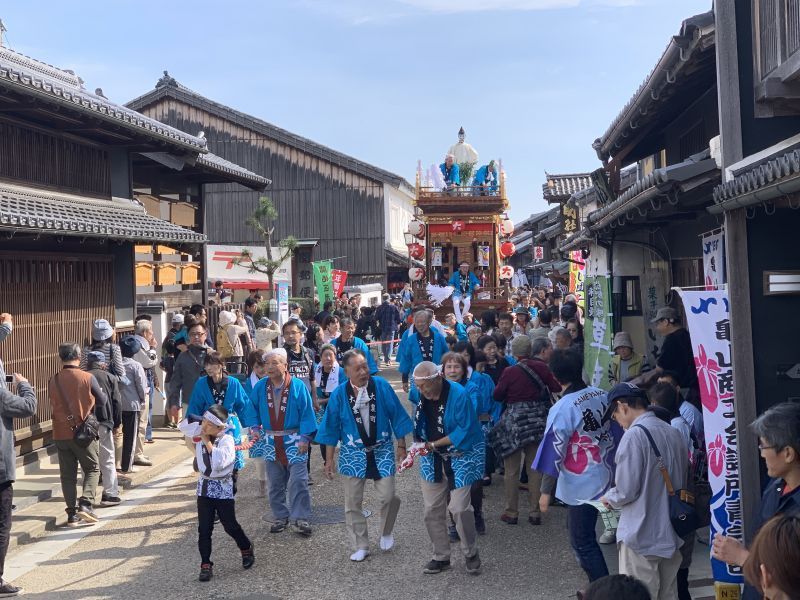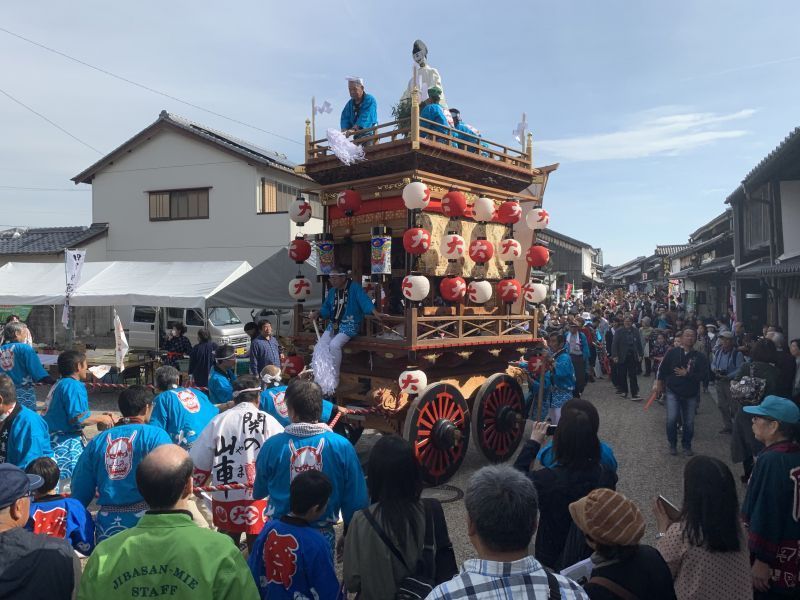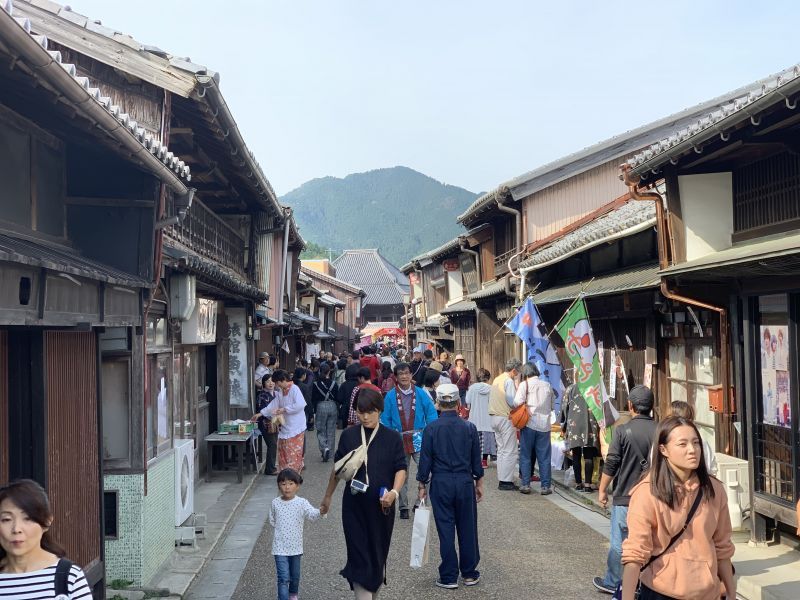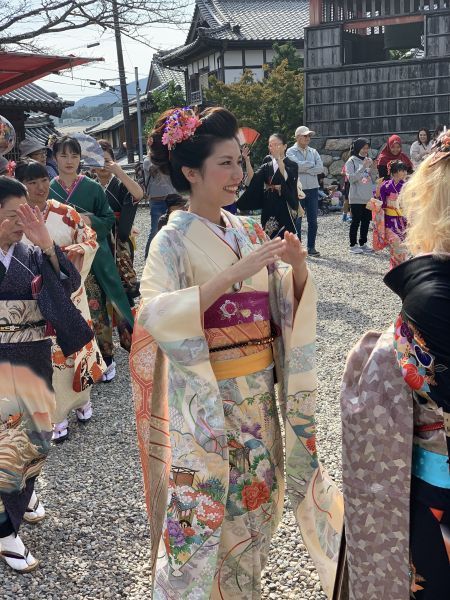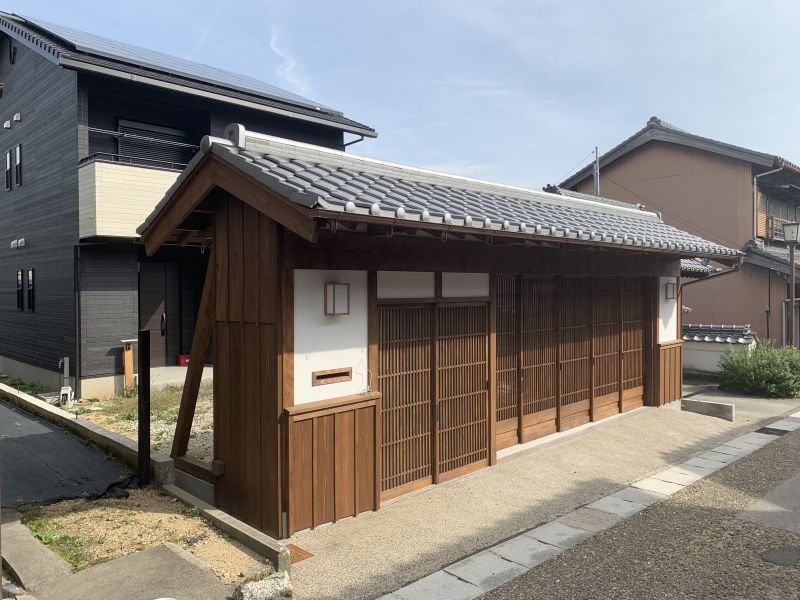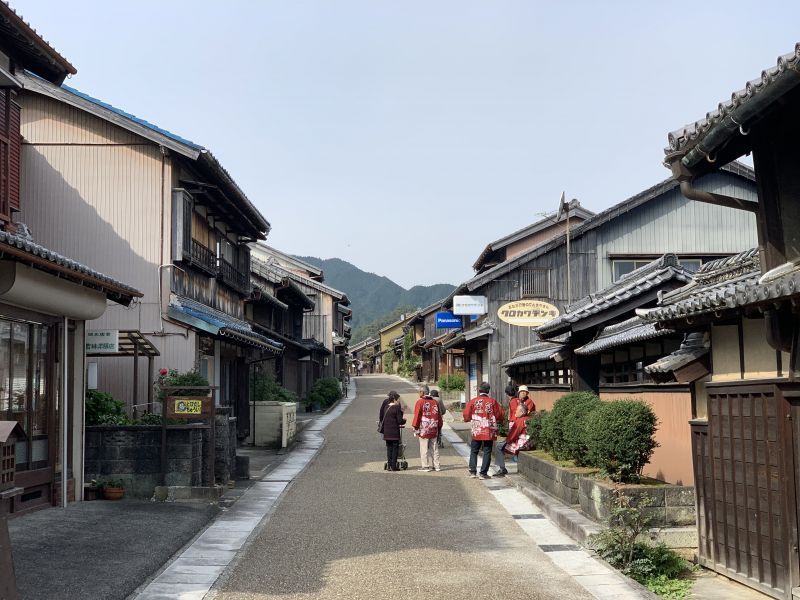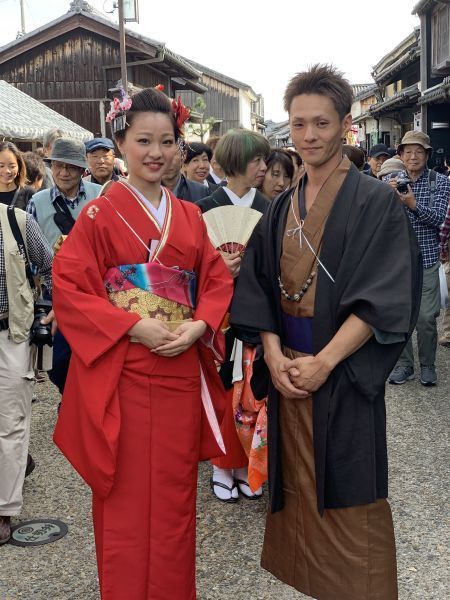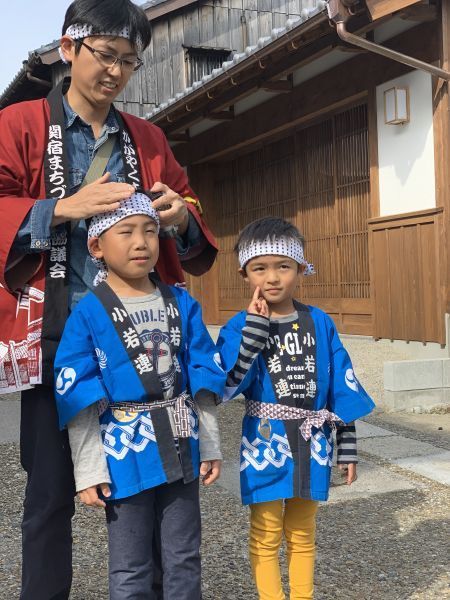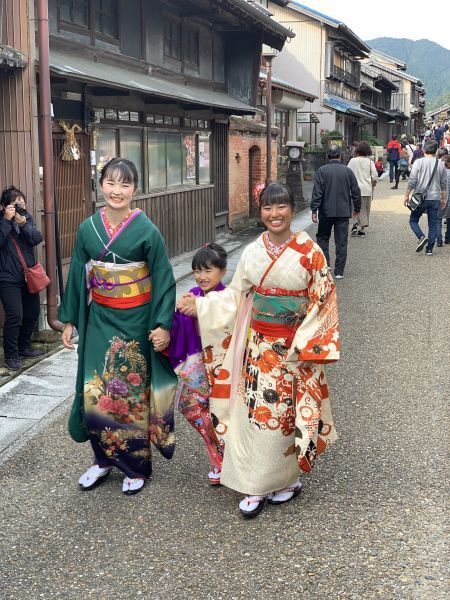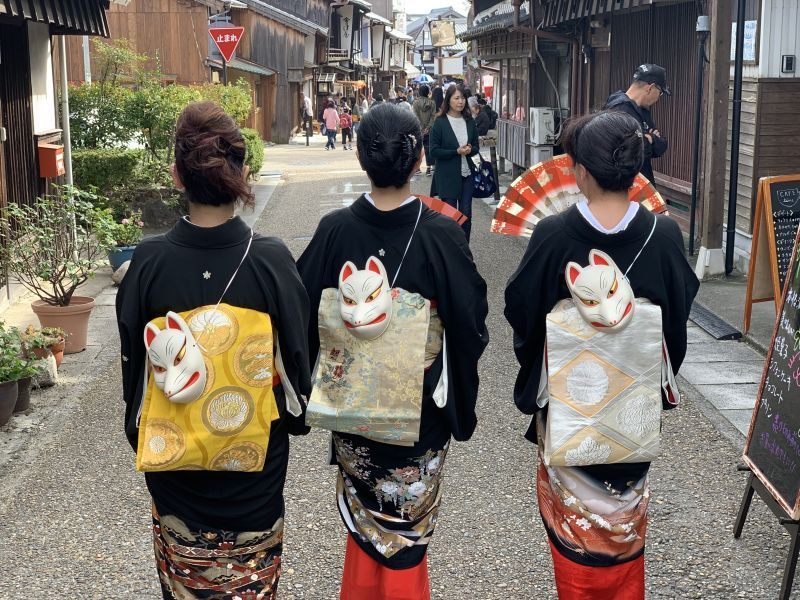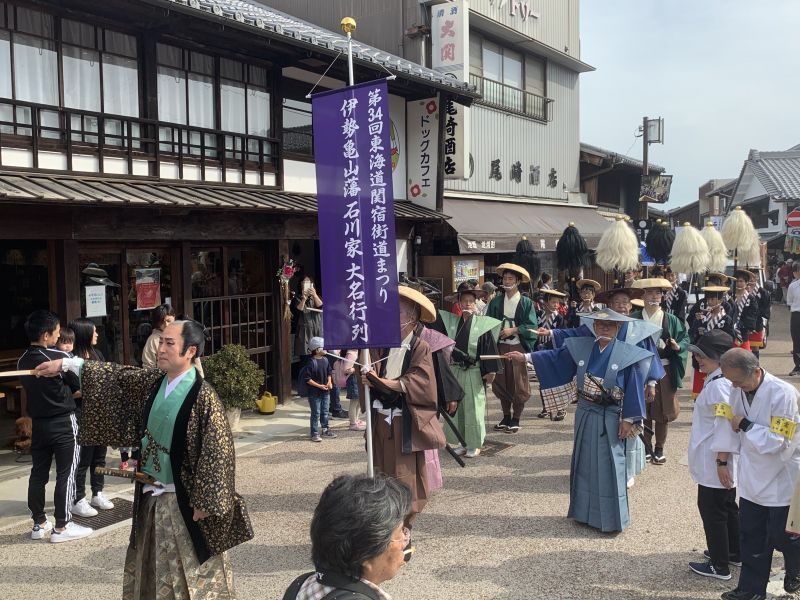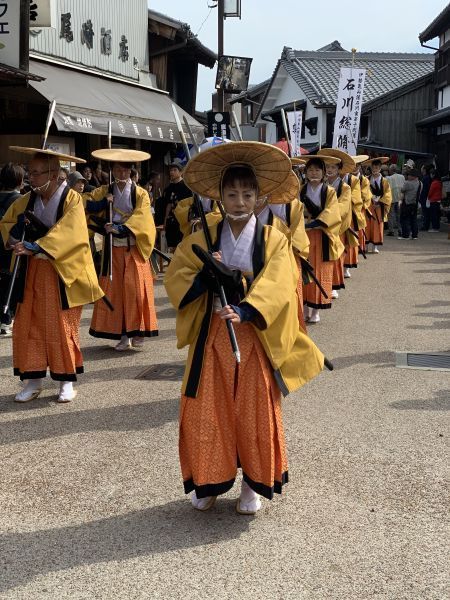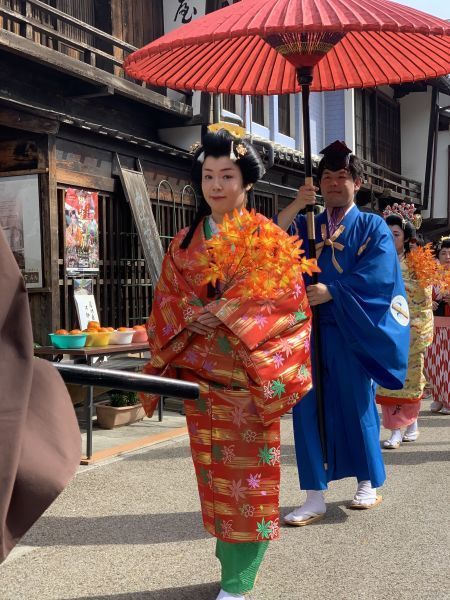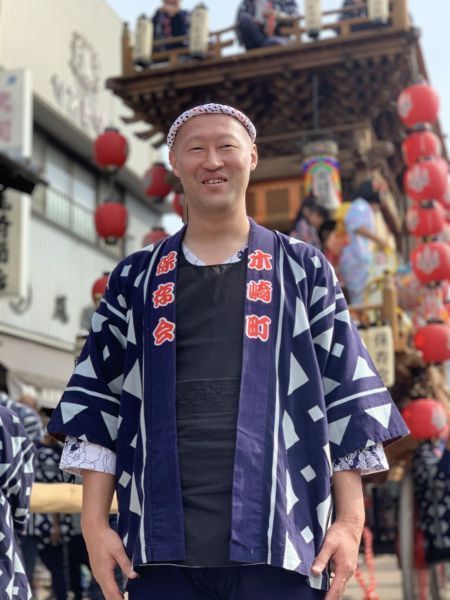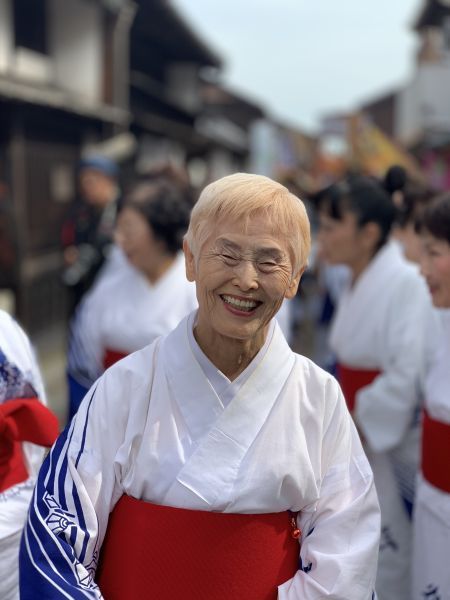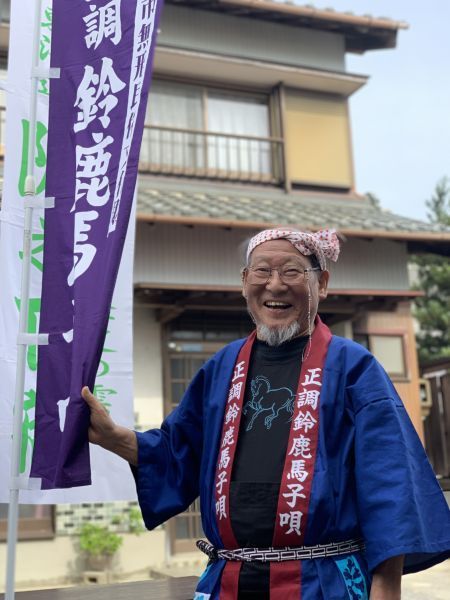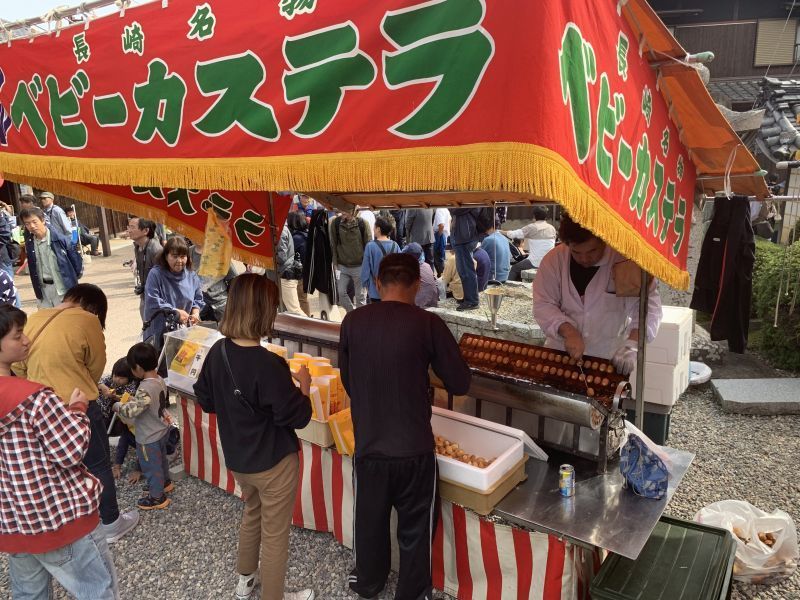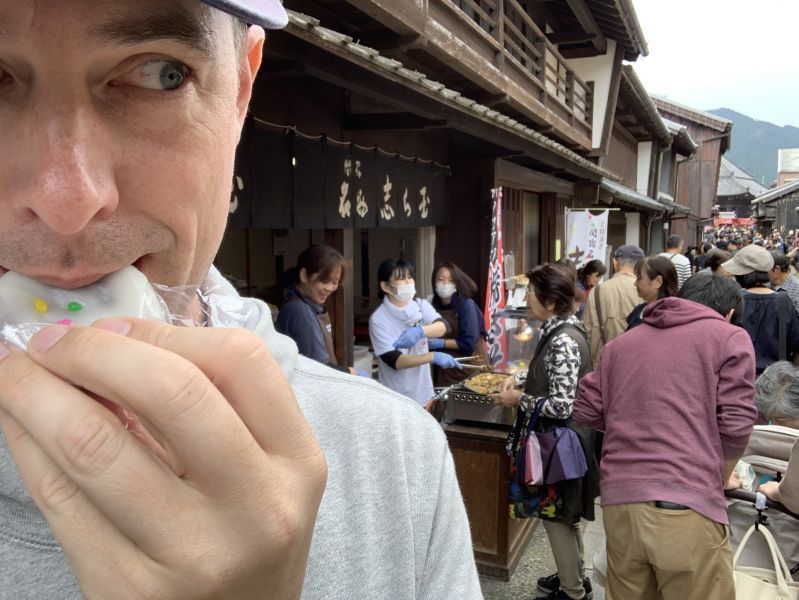Tokaido Seki-Juku Festival in Kameyama, Mie Prefecture
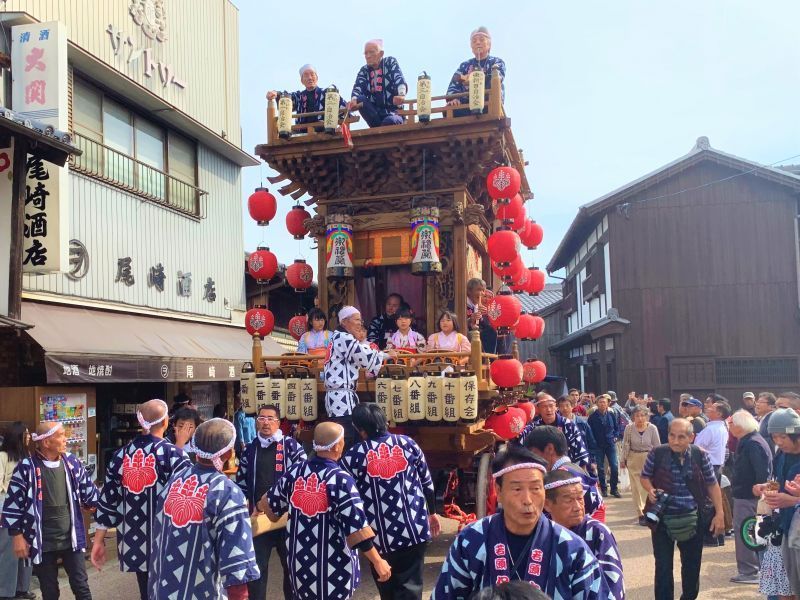
Step into Seki-Juku and back in time and a whole bunch of excitement as you wander up and down this traditional rest stop on the old Tokaido. Experience delicious snacks and food while enjoying the beautiful floats, costumes and buildings. Seki-Juku, a part of the old Tokaido, has a rich history and was traveled by many people as they moved from one part of Japan to another. The Tokaido runs from the Kanto area (near Tokyo) to Southern Mie Prefecture.
Written by Dan Lewis
-Author's Introduction
Originally from the state of Alaska in the USA, Dan Lewis is a long-term resident of Japan. He has lived in Mie, Ishikawa and Gifu Prefecctures, and currently resides in Nagoya, the capitol city of Aichi Prefecture. Dan is an avid fan of technology and nature - two areas that Japan is blessed with! He loves taking "the road less traveled" and discovering new places.
